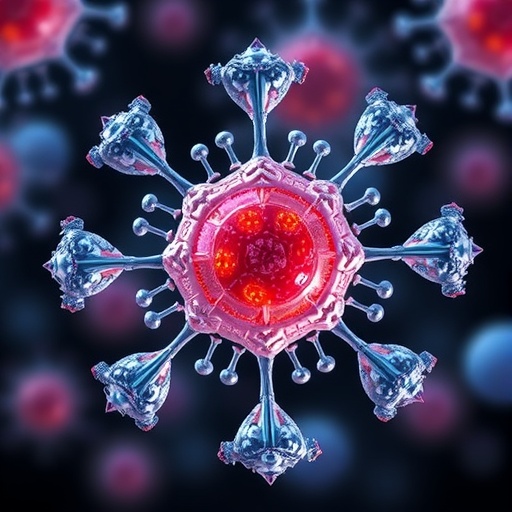Bottom Line: Analysis of cancer death data from 2008-2014 in New York state revealed high cancer mortality rates among U.S.-born blacks and Puerto Ricans and relatively low cancer mortality rates among Hispanic South Americans and Asians.
Journal in Which the Study was Published: Cancer Epidemiology, Biomarkers & Prevention, a journal of the American Association for Cancer Research.
Author: Paulo Pinheiro, MD, cancer epidemiologist at the Sylvester Comprehensive Cancer Center, University of Miami Miller School of Medicine.
Background: "We continue to aggregate minority groups into large umbrella populations, when in fact large disparities between different minority subpopulations exist," said Pinheiro. "These differences can have an impact on how we address cancer treatment, prevention, and control in these diverse groups."
Few studies have analyzed cancer mortality disparities between different racial subpopulations, noted Pinheiro. Furthermore, many non-Mexican Hispanics as well as Caribbean-born blacks reside in Florida and New York, two states which are not incorporated into the Surveillance, Epidemiology, and End Results (SEER) registry; studies on cancer patterns for these populations are therefore lacking.
How the Study Was Conducted: Pinheiro and colleagues analyzed 244,238 cancer deaths that occurred in New York state between 2008 and 2014, as provided by the New York State Department of Health. After stratifying for race, the researchers further delineated the aggregated non-Hispanic blacks into two categories (U.S.-born blacks and Caribbean-born blacks) and the aggregated Hispanics into five categories (Puerto Ricans, Dominicans, Central Americans, South Americans, and others, including Cubans and Mexicans, whose numbers were too small to treat as a stand-alone group). Asian decedents were included in the study, but Native American/Alaskan Native decedents were excluded due to small sample sizes.
Results: Overall, the lowest cancer mortality rates were seen in South American Hispanics, while the highest cancer mortality rates were observed in U.S.-born blacks. Compared to Caribbean-born blacks, U.S.-born blacks had nearly five times higher mortality rates for lung cancer, three times higher mortality rates for liver cancer (in males), and twice higher mortality rates for colorectal (in males), pancreatic, kidney, and bladder cancers. Similar results were seen in a previous study conducted by Pinheiro investigating disparities in cancer mortality in Florida.
"If we can begin to understand the factors that make U.S.-born blacks so much more prone to dying of cancer compared to Caribbean blacks, then we can intervene on those differences," noted Pinheiro.
The researchers also compared liver cancer mortality between the minority populations and non-Hispanic whites (NHWs). Each of the aggregated minority groups had roughly two-fold higher liver cancer mortality rates than NHWs. However, after disaggregating the minority populations, Puerto Rican and U.S.-born blacks born between 1945-1965 had about three- to four-fold increased liver cancer mortality rates compared to NHWs of the same age and birth cohort.
Author's Comments: "When we combine the minority subpopulations into large groups, we don't see any stark differences in liver cancer mortality," noted Pinheiro. "But by disaggregating these minority cohorts, we see a huge risk for liver cancer mortality among Puerto Ricans and U.S.-born blacks, and this may reflect a higher rate of HCV [hepatitis C virus] infection among these subpopulations.
We need to increase the awareness of patients and clinicians to the higher risk of liver cancer among these groups, so they can get screened for HCV infection as a measure to decrease liver cancer incidence," Pinheiro said. "There's a disconnect between the target populations in our national programs and the reality of liver cancer risk, especially among Puerto Ricans."
Study Limitations: Limitations of the study include lack of access to specific risk factor and comorbidity profiles for the decedents within the database and lack of additional data, such as socioeconomic factors, language dominance, and year of immigration.
Funding & Disclosures: This study was sponsored by the National Institute of General Medical Sciences. Pinheiro declares no conflict of interest.
###
Media Contact
Julia Gunther
[email protected]
215-446-6896
@aacr




